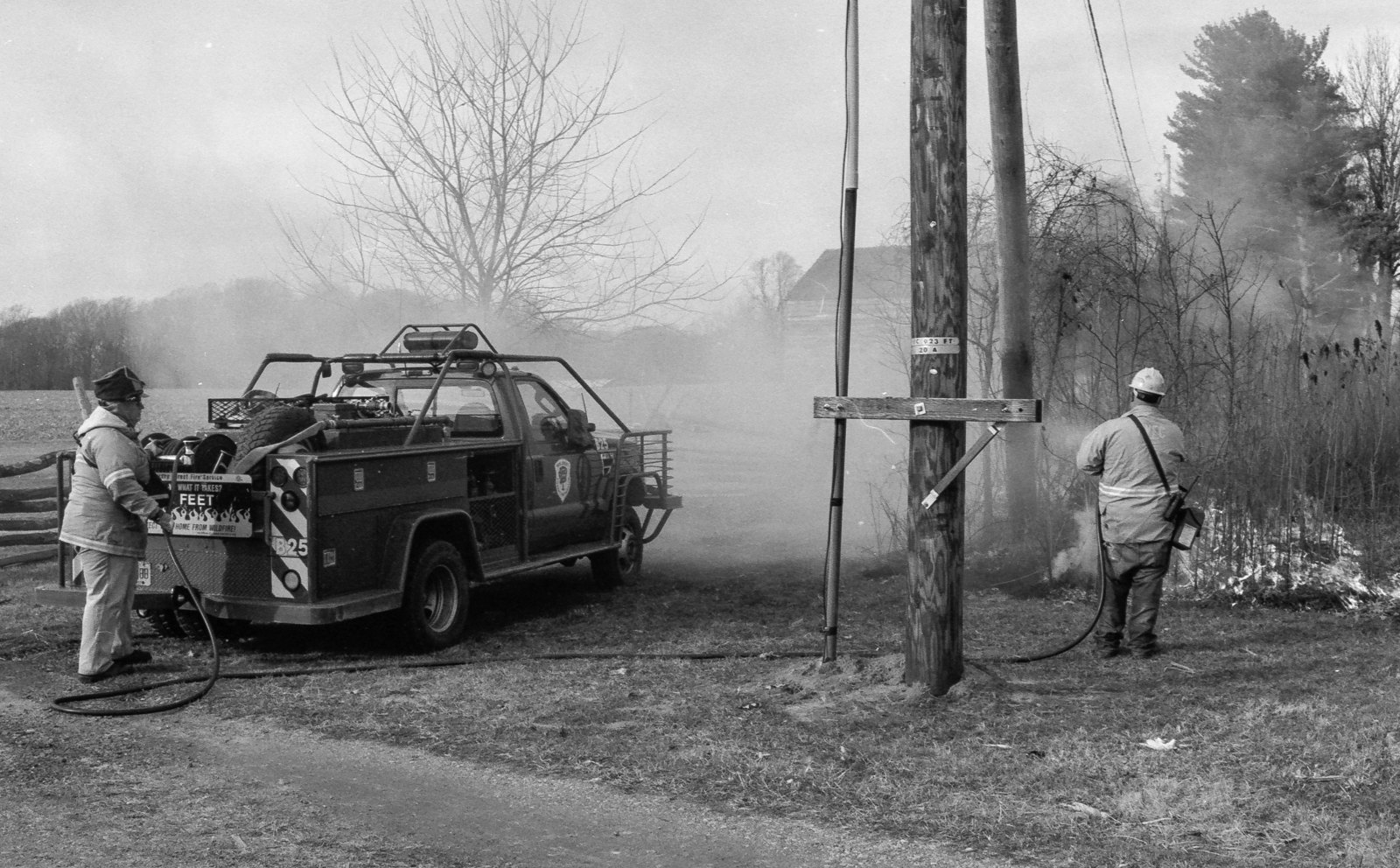markaudacity
Subscriber
I've been digitizing my 35mm negs with a Canon EOS RP and a Negative Supply negative holder. This setup works decently well for quick scans, but the NS holder doesn't hold the film flat at all and the macro lens on the Canon can't fill the frame with a 35mm neg.
The lab also has an Epson V850, so I thought I'd give that a shot since it will hold the negatives flatter in its dedicated film holders, and I gotta say, if this were my scanner I would be selling it, if this is the best it can do. This is all in VueScan, which I've used extensively, so I don't think it's a software or settings issue.
The problems, specifically:
- massive noise, for negs that are a bit thick but would print easily
- a sort of flecking or speckling in dense areas of the negative that looks not like grain or digital noise but almost like paint peeling?
- cannot get a sharp scan at any neg carrier height. The Epson neg carrier holds the film emulsion-up, so the image is being registered through the film base, which seems..not ideal.
So, this is essentially a two-part question:
1. Is the EOS sensor simply so many generations newer that the Epson isn't going to be able to keep up in terms of image quality, particularly shadow performance?
2. Is there an additional variable I'm unaware of besides negative-to-glass distance that's preventing sharp exposures?
This is all at a community lab, so equipment selection is pretty much fixed.
SIDE NOTE: if I had paid almost $400 for this neg carrier, I would be furious. Does not hold negs square or flat due to the slot in the (3D printed! 3D printed parts in a $400 neg carrier!) film guide being more than twice as thick as 35mm film base, the film gate is sized for approximately 24x60mm images (is this a format that exists?), and it's neither wide enough to capture the full 35mm frame nor narrow enough to crop the frame edge. Their copy stand hacked together from 80/20 aluminum extrusion is trash; there's almost five degrees of slop between locked and unlocked on the height adjustment, and an RP with a 35mm macro is not exactly a heavy rig.
I am not convinced the people who designed this have ever been in the room with an actual copy stand.
The lab also has an Epson V850, so I thought I'd give that a shot since it will hold the negatives flatter in its dedicated film holders, and I gotta say, if this were my scanner I would be selling it, if this is the best it can do. This is all in VueScan, which I've used extensively, so I don't think it's a software or settings issue.
The problems, specifically:
- massive noise, for negs that are a bit thick but would print easily
- a sort of flecking or speckling in dense areas of the negative that looks not like grain or digital noise but almost like paint peeling?
- cannot get a sharp scan at any neg carrier height. The Epson neg carrier holds the film emulsion-up, so the image is being registered through the film base, which seems..not ideal.
So, this is essentially a two-part question:
1. Is the EOS sensor simply so many generations newer that the Epson isn't going to be able to keep up in terms of image quality, particularly shadow performance?
2. Is there an additional variable I'm unaware of besides negative-to-glass distance that's preventing sharp exposures?
This is all at a community lab, so equipment selection is pretty much fixed.
SIDE NOTE: if I had paid almost $400 for this neg carrier, I would be furious. Does not hold negs square or flat due to the slot in the (3D printed! 3D printed parts in a $400 neg carrier!) film guide being more than twice as thick as 35mm film base, the film gate is sized for approximately 24x60mm images (is this a format that exists?), and it's neither wide enough to capture the full 35mm frame nor narrow enough to crop the frame edge. Their copy stand hacked together from 80/20 aluminum extrusion is trash; there's almost five degrees of slop between locked and unlocked on the height adjustment, and an RP with a 35mm macro is not exactly a heavy rig.
I am not convinced the people who designed this have ever been in the room with an actual copy stand.








